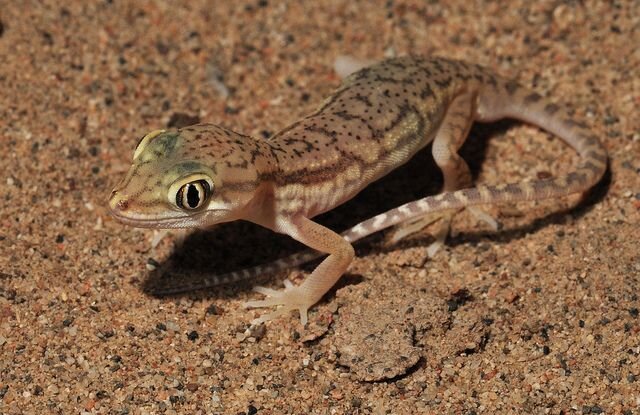5 new species of reptiles identified in Iran

A research team from Hakim Sabzevari University of Sabzevar city located in Khorasan Razavi province identified 5 new species of lizards for the fauna of Iran by conducting several research trips to Hormozgan, Fars, and Isfahan provinces, and introduced them to the world for the first time.
These species belong to the family Lacertidae and Gekkonidae and are named as Eremias, Isfahanica, Tropicolotes hormozganensis, Microgecko varaviensis.
Biological diversity in Iran
Iran has a high diversity of species due to geographical conditions, climatic diversity, huge water resources of the Caspian Sea in the north and the Persian Gulf, and the Sea of Oman in the south.
According to the latest studies, about 1,300 species of vertebrates identified in the country. According to the latest studies, about 1,300 species of vertebrates, including mammals, birds, reptiles, amphibians, and aquatic fish, about 30,000 species of invertebrates, and 8,000 species of plants have been identified in the country.
Unfortunately, over the past two decades, human activities have led to alarming degradation of ecosystems, deletion of genes, species, and biological capabilities; Human threats to biodiversity have accelerated the most over the past 50 years over the entire history of human life.
According to the United Nations, three-quarters of the Earth’s environment and about 66 percent of the marine environment have been altered by human activities, and the latest report by the Intergovernmental Science-Policy Platform on Biodiversity and Ecosystem Services (IPBES) states that more than one million species of animals and plants are in danger of extinction.
Therefore, any planning and action in the direction of optimal and principled management of biodiversity protection in the country, interaction and continuous cooperation of responsible bodies, and benefiting from international opportunities and their financial and professional resources can play a very important and key role in maintaining biological diversity alongside sustainable development.
With the common determination of officials and policymakers, the people, the media, and environmental activists, this valuable asset will preserve and protect for future generations.
